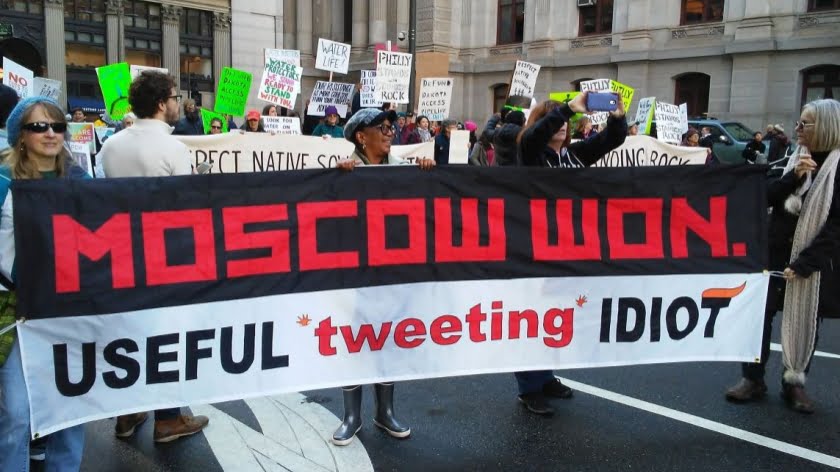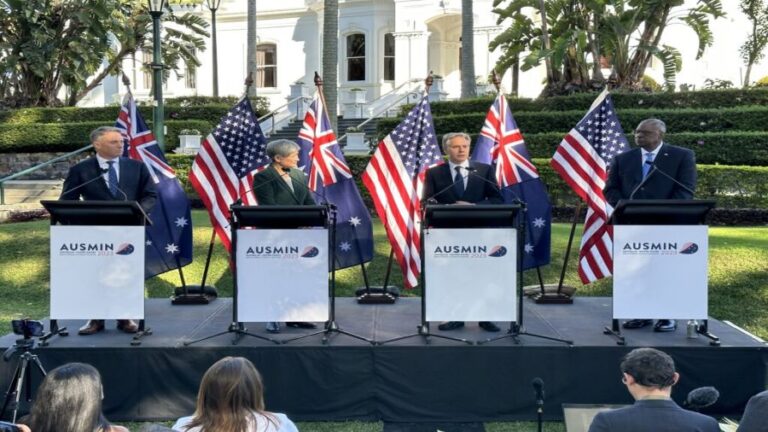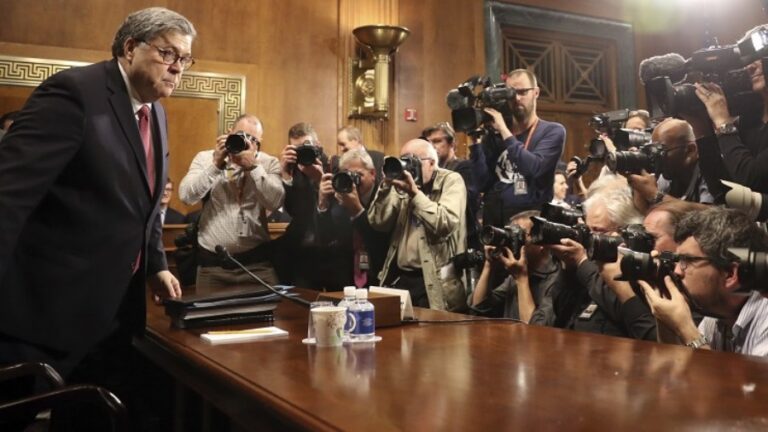India Waits for Trump to Revive Obama-Era Policies
India had an option to accept the invitation extended by Chinese President Xi Jinping to Prime Minister Narendra Modi to participate in the Belt and Road Forum meeting in Beijing on May 14-15. Modi, in turn, had an option to depute a dignitary – a cabinet minister or a special envoy – to represent him. Delhi had a fall back option, too, to direct its envoy in Beijing to attend the event. But instead it decided to boycott the event.
As dawn broke in Beijing for the BRI event, Delhi came out with a laboured explanation. Its reservations fall broadly in two categories – by way of general principles and in terms of policy considerations. Delhi implied that the BRI might not be conforming to the high principles India would have adhered to for taking «connectivity initiatives». These principles are that connectivity initiatives
- Must be based on «universally recognized international norms, good governance, rule of law, openness, transparency and equality»;
- Must follow «principles of financial responsibility» to avoid projects that would create «debt burden»;
- Observe «balanced ecological and environmental protection and preservation standards»;
- Must have «transparent» assessment of project costs;
- Must provide for «skill and technology transfer»; and,
- Must be «pursued in a manner that respects the sovereignty and territorial integrity».
Whereas, India’s policy compulsions are two-fold: a) Beijing is yet to have a «meaningful dialogue» with Delhi apropos BRI; and, b) The flag-ship project known as the China-Pakistan Economic Corridor «ignores» India’s «core concerns on sovereignty and territorial integrity».
The contrived nature of the above arguments is at once obvious. They are mere alibis. Ironically, most of the principles cherished by the Indian government happen to be outlined under the sub-heading «Cooperation Principles» in the Joint Communique which was adopted in Beijing on May 15. Paradoxically, India and the 100-odd countries represented at the meet in Beijing are on the same page.
At any rate, Beijing was nowhere near about to stuff down a reluctant Indian throat a few dozen billion dollars worth infrastructure projects. If India doesn’t want them – or wants to cherry pick – there isn’t going to be any heartburn felt in Beijing. Attending the BRI in Beijing didn’t oblige India to accept Chinese projects.
Nor has India spelt out what it means by «meaningful dialogue». The Chinese Foreign Ministry is intrigued by the delightful vagueness. When it comes to the Indian reservations about the CPEC passing through the Pakistan-Occupied parts of Kashmir, the big question is whether they are actually such «core concerns».
India means by «core concerns» its maximalist territorial claims on Greater Kashmir. But in reality India lacks the strategic capability to retake territories in Pakistan’s possession. A realistic solution to the Kashmir issue cannot and will not involve redrawing of the territorial boundaries that came into being after the India-Pakistan war in 1971. Simply put, the two nuclear powers have to learn to live and let live.
Beijing repeatedly assured Delhi that the CPEC does not make an iota of difference to its post-Cold War stance on Kashmir question, which is that the dispute that is a backlog of history must be resolved peacefully through negotiations by India and Pakistan.
So, what is India’s real problem with the BRI? Quintessentially, India’s problem is geo-strategic – its inability to come to terms with China’s rise. The pundits in Delhi used to fancy that India would eventually catch up with China’s development and even overtake it. But that turned out to be a pipedream. The real challenge today is to come to terms with the yawning asymmetry in development.
Indeed, India’s China watchers are a rather pedestrian lot. Some assessed that China was about to implode out of internal contradictions, and even if it survived, its high growth would be simply unsustainable. Others insisted that the medium term advantage would accrue to India because of the so-called «demographic curve» – India’s young population. All this turns out to be wishful thinking.
Today, India sees in the BRI the objective co-relative of China’s growing capacity and economic influence in the emerging global economic and strategic architecture. The policymaker agonises that the BRI holds the potential to be a conduit of strategic access for China. No doubt, the BRI event in Beijing showcases China as a responsible great power.
The Indian elites counted on the US’ containment strategy to rein in China’s march to superpower stature. Weaned on the neoconservative foreign-policy ideology dominating successive US administrations through the past decade and a half, they blithely assumed that Washington would mentor India’s rise as a global power, as a counterweight to China.
Admittedly, the United Progressive Alliance government (2004-2014) led by Prime Minister Manmohan Singh also subscribed to the Washington Consensus but retained some degree of strategic autonomy by keeping an independent line open to China while not averse to selectively tapping into the US’ pivot to Asia to create synergy. That policy worked to India’s advantage and when UPA relinquished power in 2014, India-China relations had reached an appreciable level of stability and predictability. Even the negotiations on the border dispute began tiptoeing toward a breakthrough point.
However, the foreign policy directions under the present government have undone those gains. The policy shift to bandwagon with the Obama administration’s pivot strategy aimed at containing China altogether changed the matrix. Of course, there was a domestic dimension, too, since the Modi government’s strident nationalistic agenda dovetailed nicely with the optics of a «muscular diplomacy» towards China. In turn, if the India-China relations began losing direction, the «animated suspense» only provided justification for the drive to align India’s foreign policy with the US’ regional and global strategies.
Enter Donald Trump. The incipient signs of a reshaping of the US’ ties with China under Trump threaten to derail Modi government’s China policies. Going back to Beijing in sackcloth and ashes is neither an option nor is it acceptable to the Hindu nationalist groups mentoring the government and/or the Sinophobes entrenched amongst the security and foreign policy elites. Therefore, Delhi is watching anxiously the outcome of the power struggle in the Washington Beltway and is hoping against hope that the Obama-era US policies would eventually revive.
Modi’s visit to Washington late June will clarify matters. Delhi is pulling out all the stops to get Trump hooked to the Obama-era «defining partnership» with India. Modi might even give a repeat performance of his Madison Square Garden road show in New York in September 2014 which had caught Obama’s eye and launched their improbable waltz – this time around in Houston, though.
The bottom line is that India’s ruling elite views the partnership with the US as the «ballast stone» of the country’s tryst with destiny and by far the preferred option to a few dozen billion dollars that China-led BRI might bring in for the country’s infrastructure development.
The pundits are pooh-poohing the BRI in TV chat shows as a crass Philistine venture that might create a hundred thousand jobs for the unemployed millions in India alright, but lacks soul. Indeed, the ecstasy of «turning down China» becomes a cathartic moment for the Hindu nationalist who chafes at the humiliating defeat in the 1962 war.
By Melkulangara Bhadrakumar
Source: Strategic Culture







